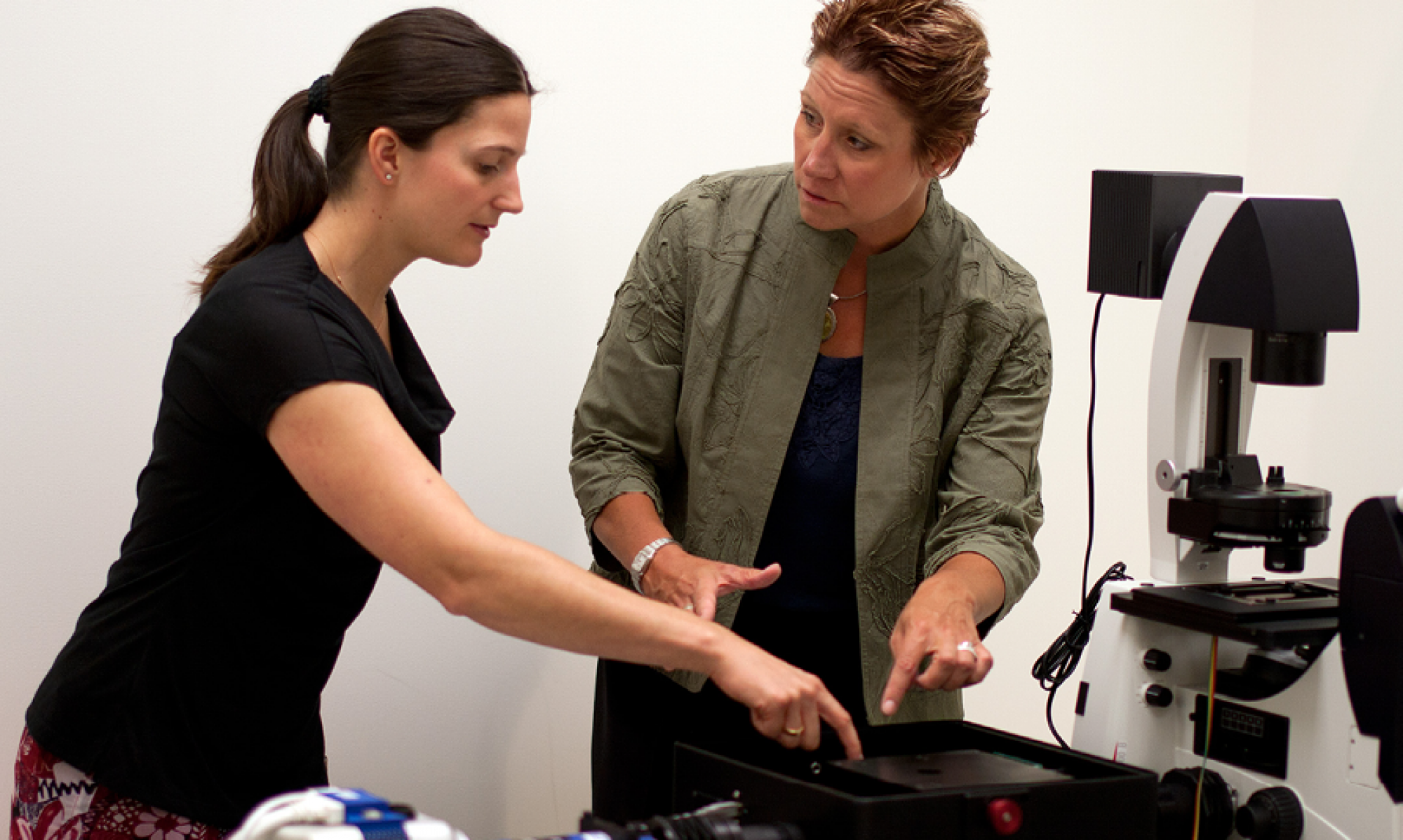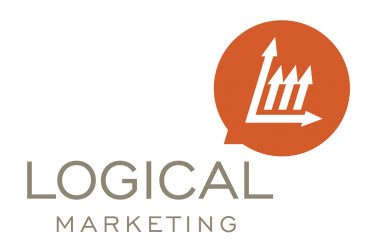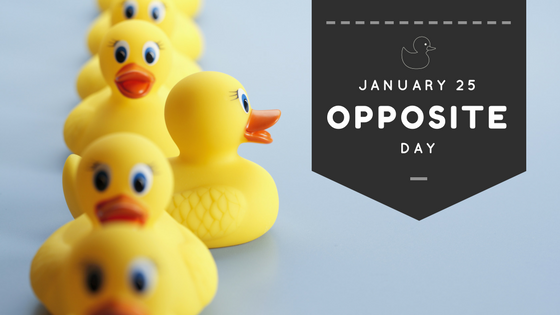It took a pandemic to slow me down enough to unpack from a 6 month sabbatical in Australia. The COVID-19 pandemic probably changed your life a lot, too.
This is a great time to stop, look around, take inventory, and do some maintenance or upgrades on your sales, marketing, and business development activities.
It reminds me of an event that happened four years ago….
My mother-in-law’s sister, “Jane”, came to visit. She came over the Christmas/New Year’s holidays, while my family was off visiting other people. Jane used our house as a free AirBnB while she spent her days at the assisted living facility. When Jane left, she accidentally left the refrigerator door ajar. For two weeks, the refrigerator was trying to cool down the inside, while the open-door-light was pumping in new heat. Eventually, the refrigerator stopped working. I came home to a lot of rotten and about to explode food.
First, I was, frustrated with Jane. I brought the 65-gallon trash can from the garage to the fridge and emptied it all out. I washed down the entire fridge: all that stuff that seems to collect around the milk jugs, the weird thing that leaked from 2008 on a back shelf, the red wine stain from 2005…
As I threw out food, jams that had crystallized, spreads I didn’t like the taste of, sauces dating back decades, I could see that what was in the fridge was NOT what I needed IN the fridge.
Your marketing and sales activities may be as dated or inappropriate as my refrigerator contents. Now is a great time to take inventory and pitch the stuff that does not work, is too 2003, or is not suitable for your current customer-base or product offering.

Where to start?
- Take Inventory
- What are you doing?
- Are your new products included?
- Do you have old products you should stop promoting?
- Evaluate effectiveness
- Do your marketing assets still work the way they should?
- Are you spending the majority of your time on the pieces that do work and little time on the ancillary items?
- Or is the equation flipped and you are spending 80% of your time on 20% of your sales?
- Can you imagine an improved workflow?
- Does it work if in-person meetings, conferences, or tradeshows are virtual?
- Delete the non-essential
- Simplify, simplify, simplify
- Plan the new and improved path forward
- Improve the workflow now that the non-essential is gone
- Add new content or new outlets as appropriate
- Schedule a re-review
- Put someone in charge of the maintenance






